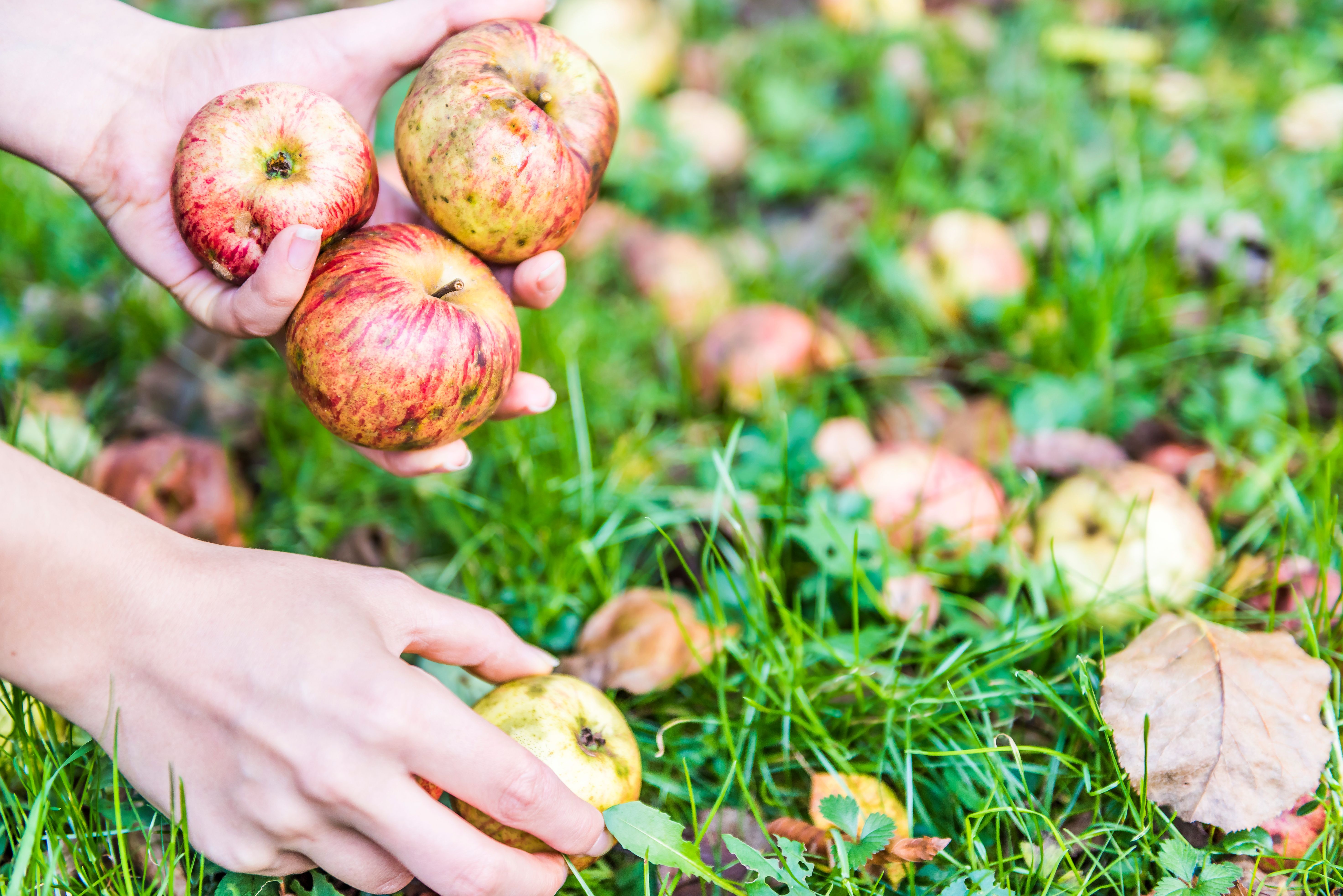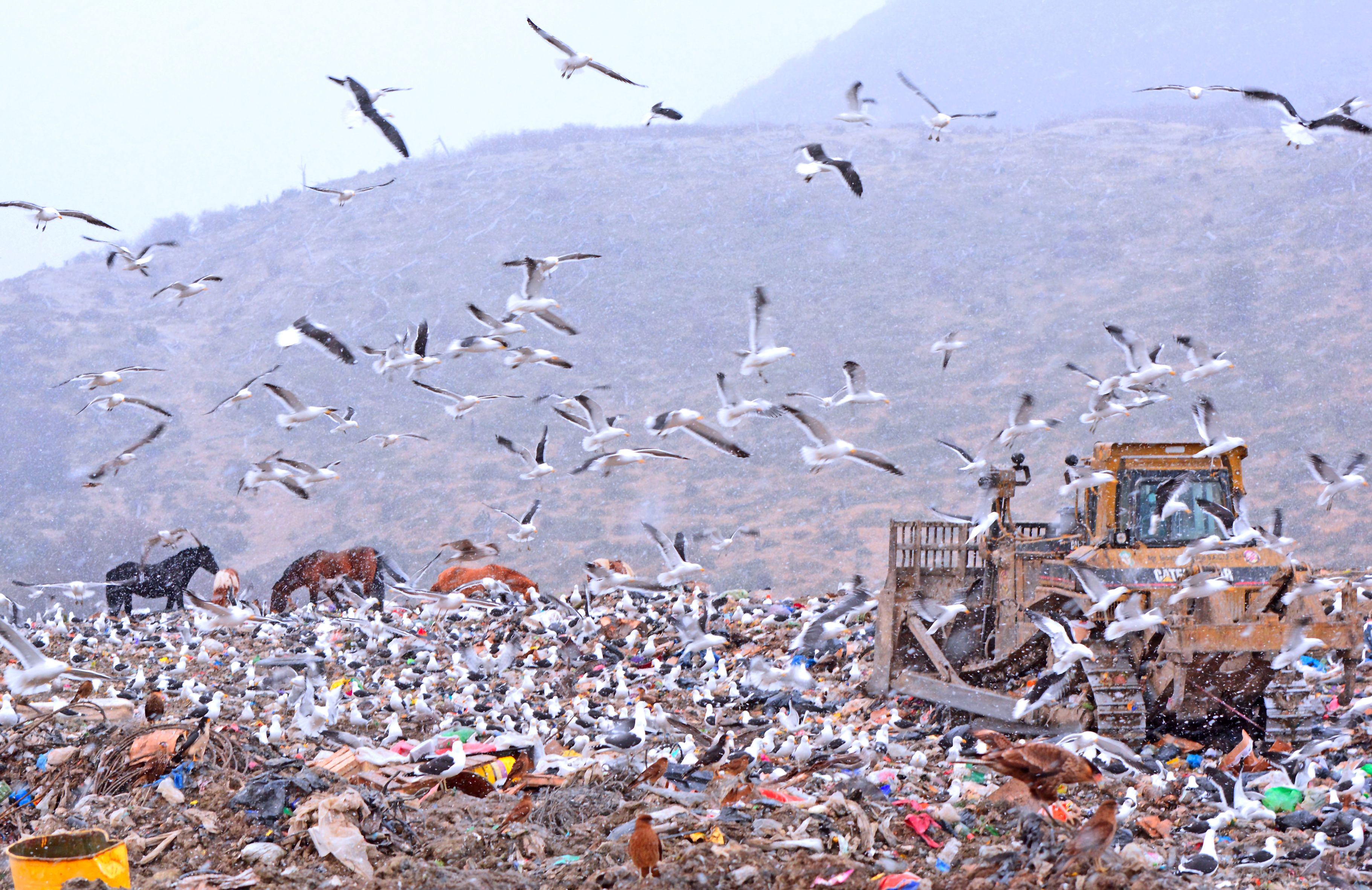What it is
Waste prevention is a set of strategies to reduce the amount of waste generated by households and industries. It can range from food donation, labeling and discounting food close to the expiration date, to education and awareness.

Where can it be used
Communities across South America. On average, urban dwellers in South America produce 1 kg of solid waste per day, almost 50% of which is organic waste.
How it works
A variety of policies and initiatives can be developed by governments to promote waste prevention. These may include, but are not limited to:
- National and municipal waste prevention strategies;
- Awareness campaigns about the importance of reducing food waste and ways to do so, such as meal planning and buying bruised fruits and vegetables;
- Tax exemptions or reductions for companies that donate leftover food;
- Including information about environmental and climate change-related topics, including waste reduction, in school curricula;
- Pay-as-you-throw fees to incentivize households and businesses to minimize waste; and
- Initiatives to improve management of waste.
It is important for governments to tackle the problem from different angles to enable reduction of food waste, reuse of foodstuffs that are unsuitable for humans, and recycling of food—in that order.

These principles have been applied In Argentina, where 14.5 million tonnes of foodstuffs produced in the country are wasted each year. Most of this food is wasted before it reaches the consumer because of a lack of demand and overproduction, or because it doesn’t meet aesthetic standards set by grocery chains. Consumers waste food, too: on average, Argentinians throw away 38 kg of food annually.
With support from the World Bank, three Argentinian municipalities set out to reduce food waste following a hierarchical approach to waste management: reduce, reuse, and recycle. They began by improving efficiency in the food chain and better aligning production with demand. This was followed by bringing back uneaten food still fit for consumption back into the supply chain. Food unfit for humans used for animal feeding and, finally, any remaining food waste was recycled through composting or the creation of biogas.
Policy Considerations
Laws, policies and regulation
National governments can develop national waste reduction strategies with waste prevention and reuse targets. Strategies should promote a variety of policies, regulations, programs, incentives, and other related measures to encourage farmers, businesses, consumers, and government agencies to take steps toward meeting the reduction goal.
In 2019, Colombia passed a National Policy Against Food Loss and Waste (Política Contra la Pérdida y el Desperdicio de Alimentos). The legislation established a food-loss-and-waste hierarchy and tax code to promote food-loss-and-waste reduction and food donation. The government charged an interagency committee (CISAN) with developing laws and incentives to educate and organize producers and consumers on effective methods of lowering food loss and waste.
National governments can also adopt circular economy strategies that promote waste reduction. Products can be required to meet certain standards of durability, reusability, repairability, and recycling. National governments can also adopt policies that make it easier for people to repair broken items, rather than purchasing new ones. For their part, municipalities and local governments can hold repair workshops where people can mend clothes and repair broken belongings.
At the regional and municipal level, governments can incorporate waste prevention measures into their solid waste management plans. They can also educate the public and businesses about reducing waste, in addition to supporting farms and food businesses in reducing waste in their supply chains.

Communication and education
Governments can provide a variety of educational programs and activities promoting reusing, reducing, and recycling, such as school tours, kids activities, environment fair, trade show, and community reuse centers. Awareness raising and education is critical for building public support for waste reduction initiatives.
Economic Considerations
National tax systems and financial incentives can promote reuse activities. National governments may reduce tax to companies that donate leftovers, and reduce tax on second-hand products, and levy on single-use packaging and waste collection.
Financing
In many Latin American countries, municipal governments do not have standard methodology for tracking solid waste management costs. Gathering data on waste and waste management costs can help municipalities develop realistic initiatives and identify funding sources and incentives. For example, municipalities can charge fees for landfilling waste, but not for composting it. Additionally, understanding the total costs of collection, treatment, and disposal of waste can help governments to introduce differentiated fees for big waste generators, or between rich and poor neighborhoods.
Governments can also obtain funding for waste reduction initiatives from international non-profit organizations and development agencies providing financing for climate mitigation or circular economy initiatives.
